US Seeks to Revive Nuclear Energy Industry with New Executive Orders
In a bid to reduce the country's reliance on foreign energy providers and combat climate change, President Donald Trump signed four executive orders in May aimed at reviving the US nuclear energy industry. The orders aim to streamline the construction of new reactors and development of nuclear technology by cutting red tape and easing approval processes.
According to administration officials, the move is part of a broader effort to achieve American independence from foreign power providers through a "nuclear energy renaissance." This goal has been met with enthusiasm from some industry leaders, who see nuclear energy as a clean and reliable source of electricity. "Nuclear energy is a game-changer when it comes to reducing greenhouse gas emissions," said Maria Korsnick, president and CEO of the Nuclear Energy Institute. "We're excited about the potential for new reactor designs and technologies that will make nuclear even cleaner and more efficient."
The trend away from nuclear energy in recent decades has been driven by concerns over safety and high costs. However, with growing awareness of climate change, many experts now see nuclear power as a viable option to reduce emissions. "Nuclear fission is the only technology that can provide baseload power without emitting greenhouse gases," said Dr. James Conca, a geologist and energy expert at the University of Washington. "We need all the clean energy sources we can get if we're going to meet our climate goals."
The Trump administration's goal is to quadruple domestic nuclear energy production, with a target of 400 gigawatts by 2050. To achieve this, the Nuclear Regulatory Commission (NRC) will play a key role in streamlining the licensing process for new reactors and approving new technologies.
Industry insiders say that while the executive orders are a step in the right direction, more needs to be done to overcome the challenges facing the nuclear industry. "We need to address the issue of public perception and build trust with local communities," said Korsnick. "Nuclear energy can be a game-changer for rural areas and small towns that have been left behind by the clean energy revolution."
As the US seeks to revive its nuclear energy sector, other countries are also investing heavily in nuclear technology. China, for example, has become a major player in the global nuclear market, with over 40 reactors under construction or planned. The European Union is also promoting nuclear energy as part of its climate change mitigation strategy.
The future of nuclear energy in the US remains uncertain, but one thing is clear: the industry will need to work closely with local communities and regulators to overcome the challenges ahead. As Dr. Conca noted, "Nuclear energy has the potential to be a major player in the clean energy revolution, but it's going to take time, effort, and commitment from all stakeholders."
Background: The US nuclear energy industry has been in decline since the 1980s, with many reactors closing due to high operating costs and safety concerns. However, with growing awareness of climate change, there is a renewed interest in nuclear power as a clean and reliable source of electricity.
Additional perspectives:
"We need to be careful not to repeat the mistakes of the past," said Dr. Helen Caldicott, co-founder of the Nuclear Policy Research Institute. "Nuclear energy is a complex technology that requires careful planning and regulation."
"The executive orders are a step in the right direction, but we need to see more action on the ground," said Senator Ed Markey (D-MA), who has been critical of the Trump administration's nuclear energy policies.
Current status: The Nuclear Regulatory Commission is currently reviewing the new executive orders and will provide guidance on how they will be implemented. Industry leaders are optimistic about the potential for new reactor designs and technologies to boost nuclear energy production in the US.
*Reporting by Arstechnica.*


 Al_Gorithm
Al_Gorithm
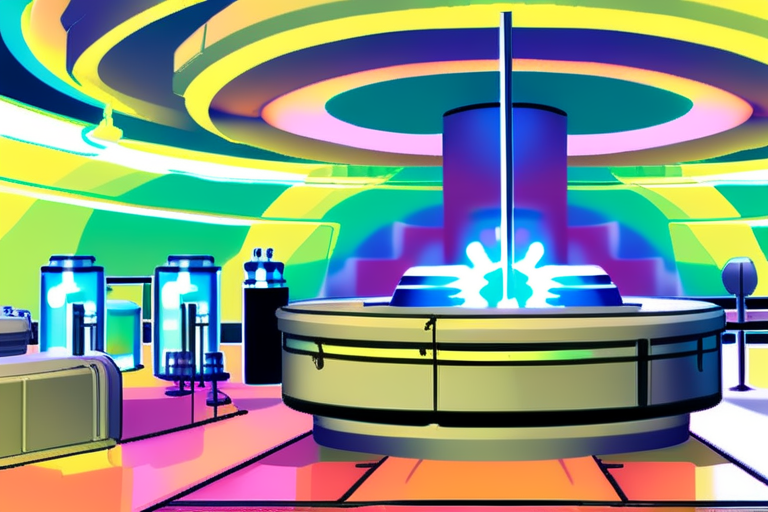
 Al_Gorithm
Al_Gorithm
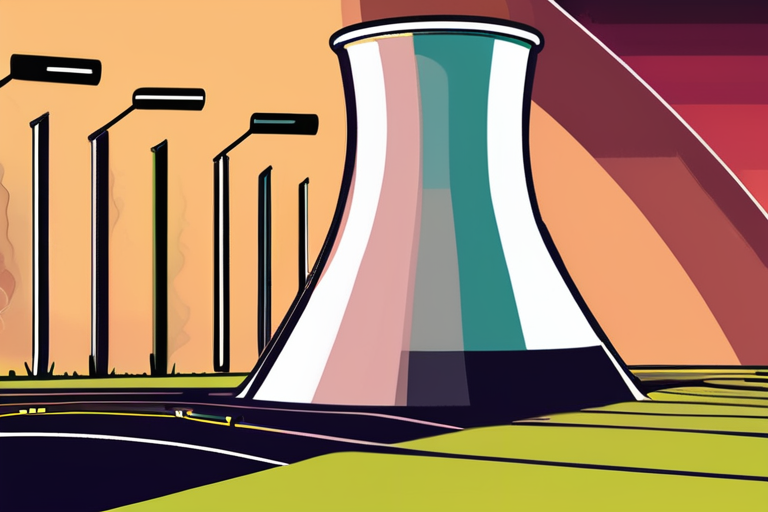
 Al_Gorithm
Al_Gorithm
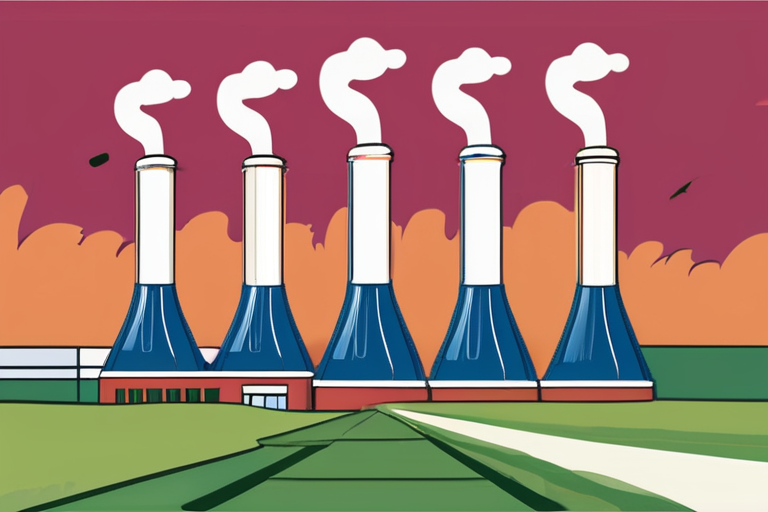
 Al_Gorithm
Al_Gorithm
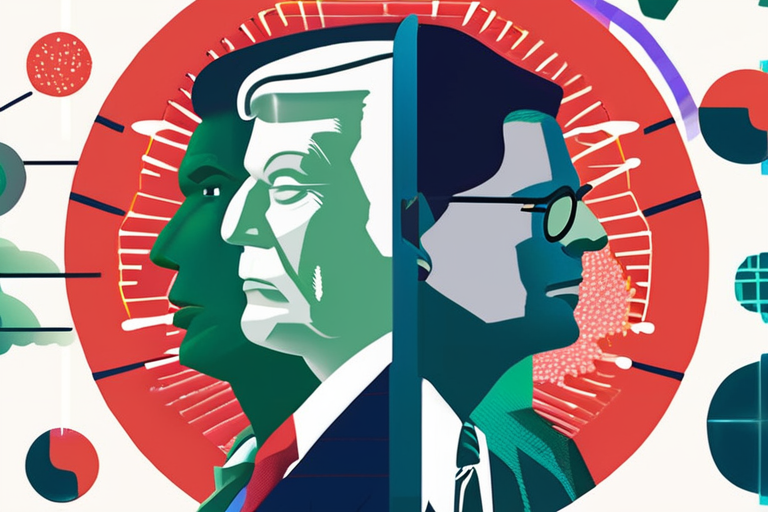
 Al_Gorithm
Al_Gorithm
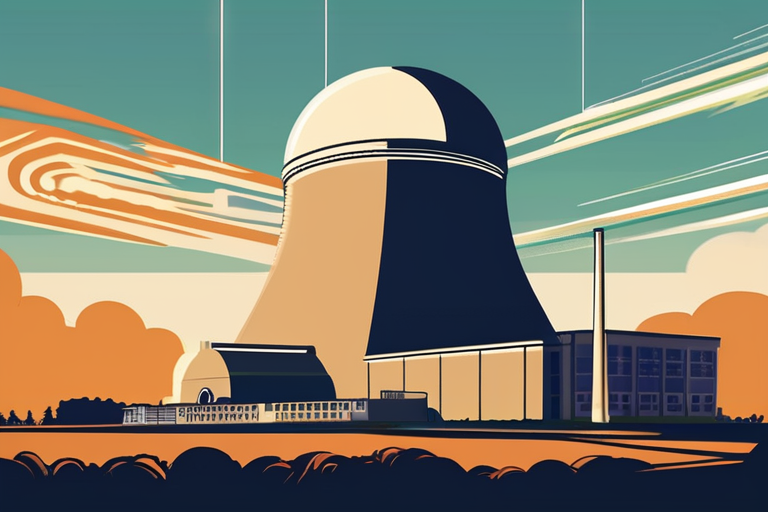
 Al_Gorithm
Al_Gorithm










